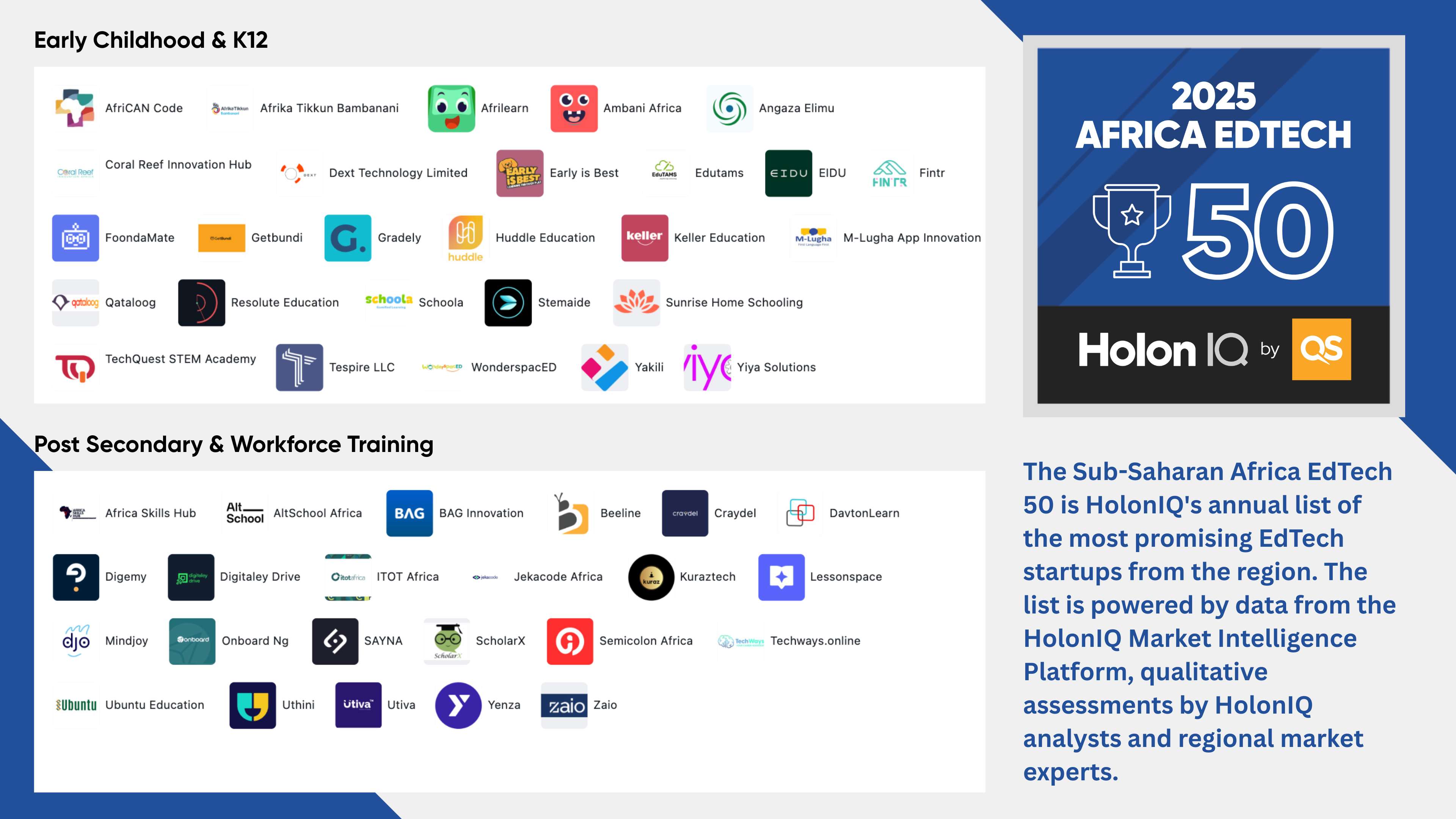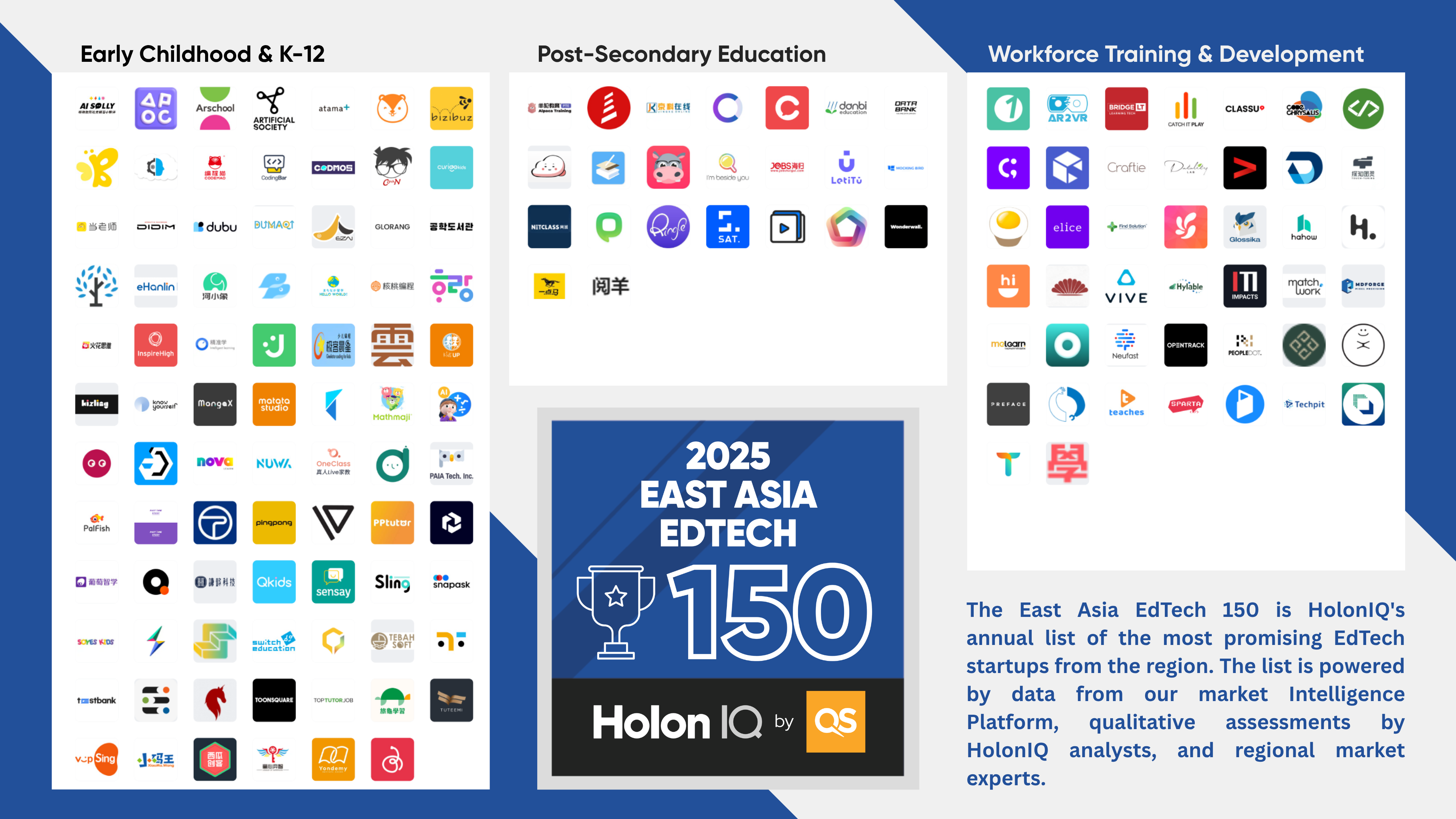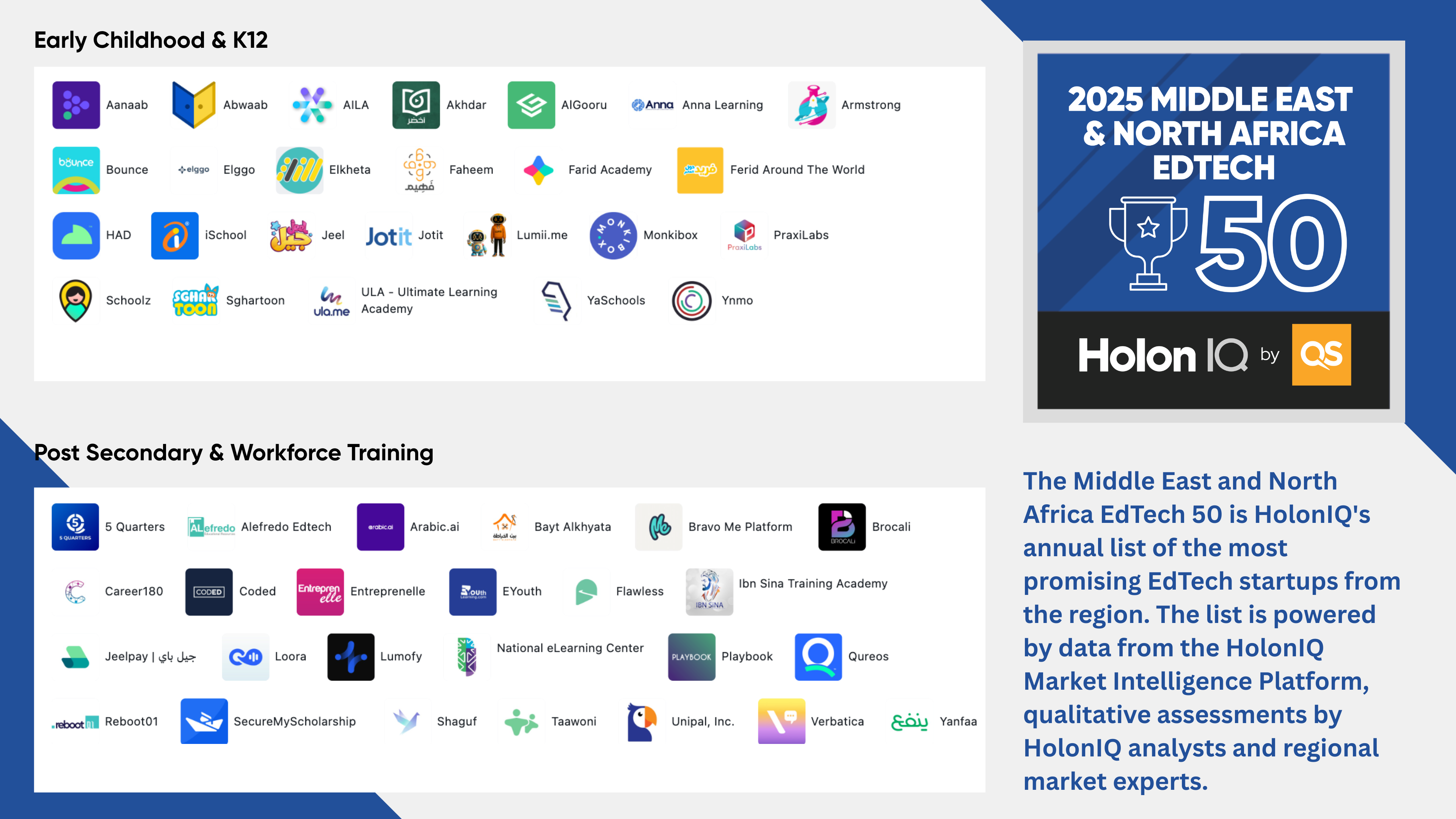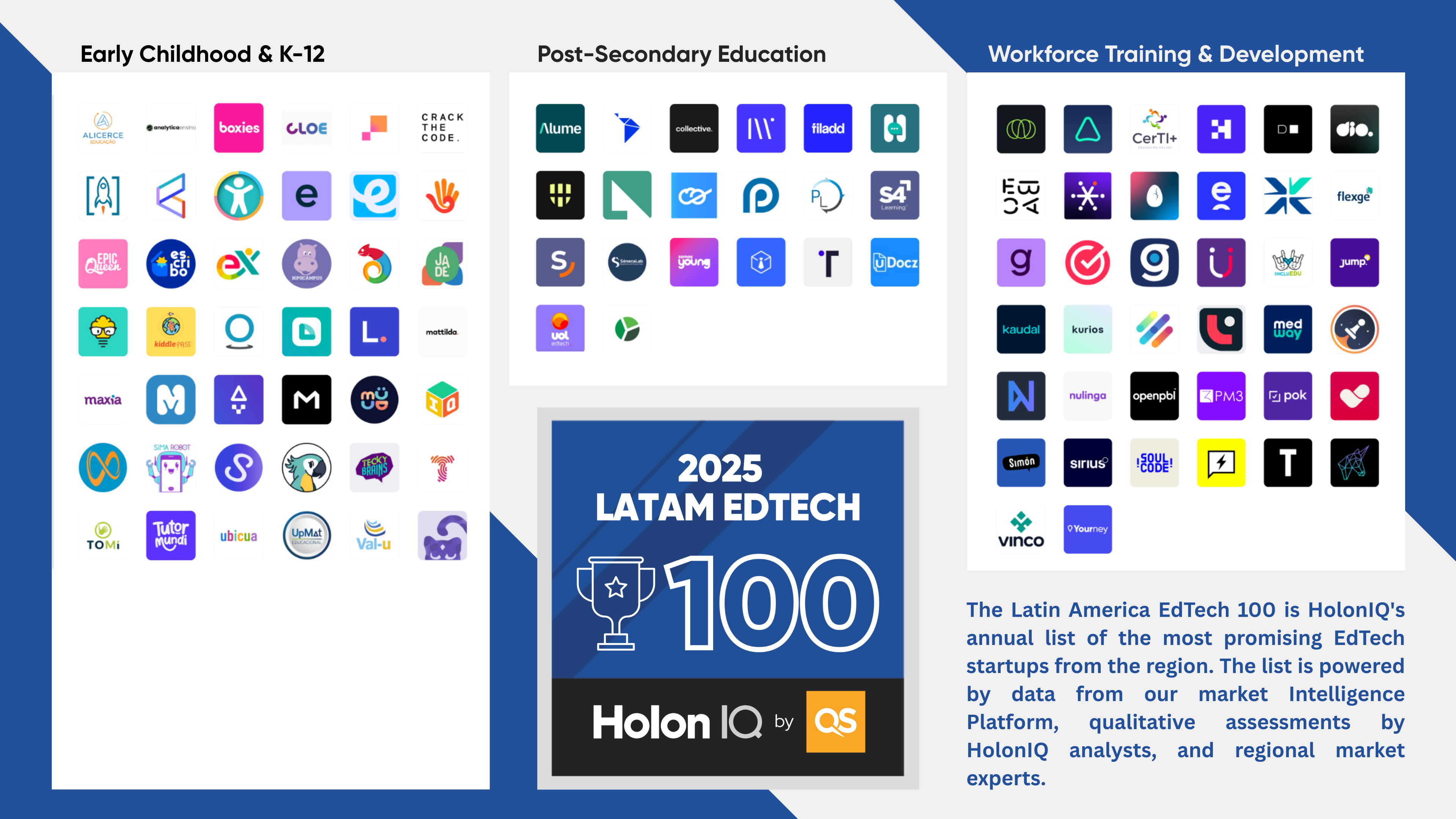Welcome to Robo Revolution.
The advancement and applications of artificial intelligence have delivered significant economic benefits to most countries in the world by 2030. As labour inputs have slowed in advanced economies, the importance of productivity in driving overall growth is now critical. Countries with skills and labour shortages have deployed AI technologies deeply into many industries, automating routine tasks and freeing human capital for more value adding activities. The resulting productivity gains from process automation, an AI-augmented labour force, and increased consumer demand for AI-enhanced products and services has contributed trillions of dollars to the global economy.
AI applications in education have automated aspects of teaching and administration and more complex human activities are augmented by artificial intelligence. Increasingly, AI is managing the overall design of learning experiences and incorporating human intervention where required.
Who’s teaching who?
By 2030, there is almost a complete reversal in ‘who leads learning’, with virtual tutors, mentors and teachers structuring learning paths for individuals, providing assessment tasks, giving feedback, adjusting according to progress and organizing human tutoring or class attendance when needed. Most adult learners have this ‘omnipresent’ coach who organizes, curates, recommends, manages, records and continually adjusts learning activities based on progress, preferences and learning goals. Post-secondary institutions play a vital role as adjunct support to thousands of individual learning paths by providing hands-on experiences, social interaction and disciplinary expertise on demand.
Hey, teacher...
Digital Teaching Assistants (TA’s) are a feature of most K-12 classrooms worldwide. Specialists in the curriculum, familiar with all the kids in their class, including learning progress, areas of difficulty and learning preferences, these voice activated Digital TA’s actively participate in, and sometimes lead, class learning activities. Supporting the teacher with various administrative tasks Digital TA’s have assumed responsibility for managing records such as attendance, grades, individual student progress and providing suggestions for learning support interventions. Having mastered natural language processing, Digital TA’s work with students on their reading development, adjusting texts to ability levels, providing feedback and encouragement, as well as communicating real-time information to teachers and parents about progress.
Curriculum. On demand.
Teachers and schools no longer spend time finding, filtering and curating learning content for their curriculum. The world’s information is highly digitized, tagged, classified and on-demand. With a few parameters identified, such as country, year group and subject area, a range of appropriately designed curriculums are offered to select from, including content, media, learning activities and resources, assessment, grading sheets and lesson plans, all explicitly linked to the mandated curriculum and student learning outcomes.
New skills. Now please.
AI is transforming every walk of life and facilitating significant changes to the nature of work. The advent of ‘no-human-in-the-loop’ technologies has displaced human workers, but also created a new set of jobs to build, maintain and manage these technologies. Training for the rapidly evolving needs of the 2030 worker is delivered on demand and via individually tailored learning programs. A new breed of tech-focused vocational training providers has emerged to support the ongoing development of and ss adoption of AI gathers pace, the value of skills that can’t be replicated by machines is also increasing. These include creativity, leadership and emotional intelligence.
Measuring Scenarios

Scenarios do not predict the future, but present snapshots of a range of possible futures. They should paint a picture of ‘what could be’ with enough depth to be plausible, but not be too exact.
Each scenario represents the different ways in which key drivers have developed and interacted, and so they are not meant to be compared against each other. However, there are common aspects, implied in all scenarios which help to explain underlying thinking that supported their construction.
Where is this data coming from?
HolonIQ is the world's leading impact intelligence platform. We support governments, institutions, firms and investors, with data insights to power decisions that matter. If you are not already a client, request a demo to learn more about our platform.








.png)







